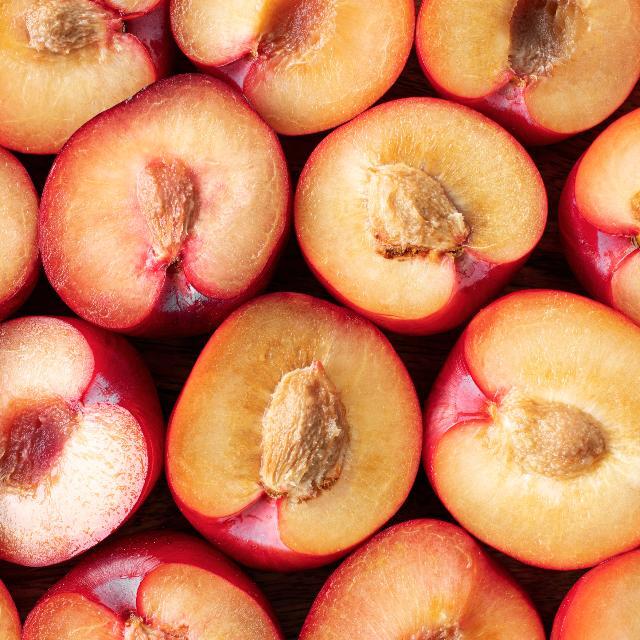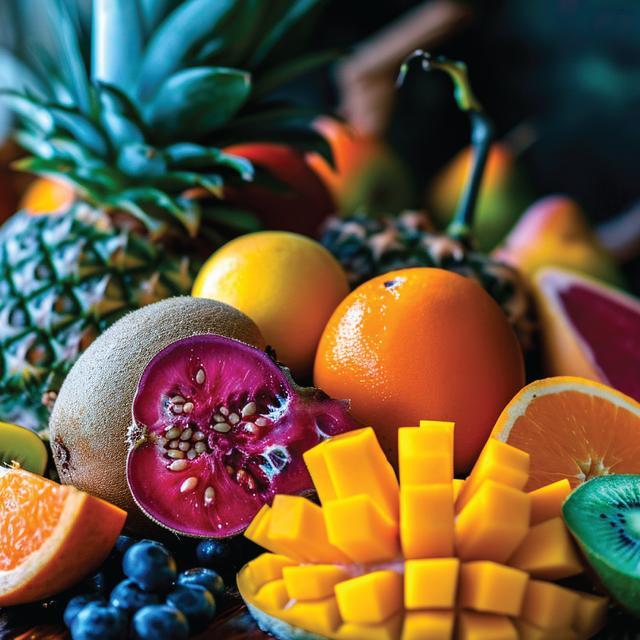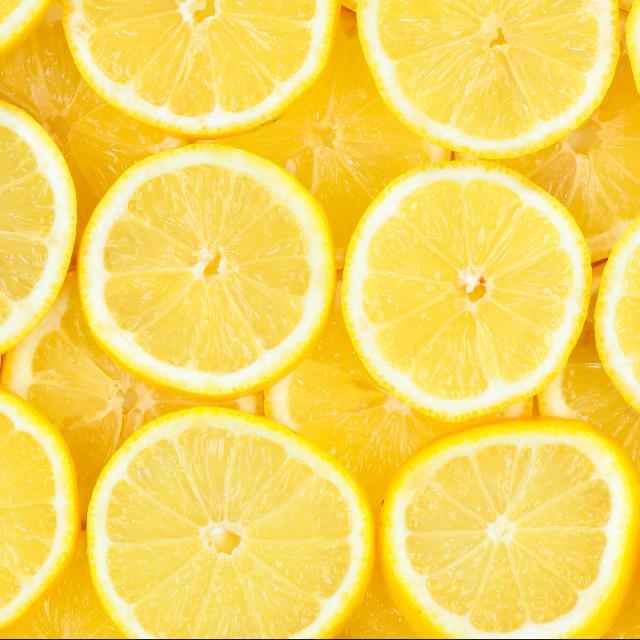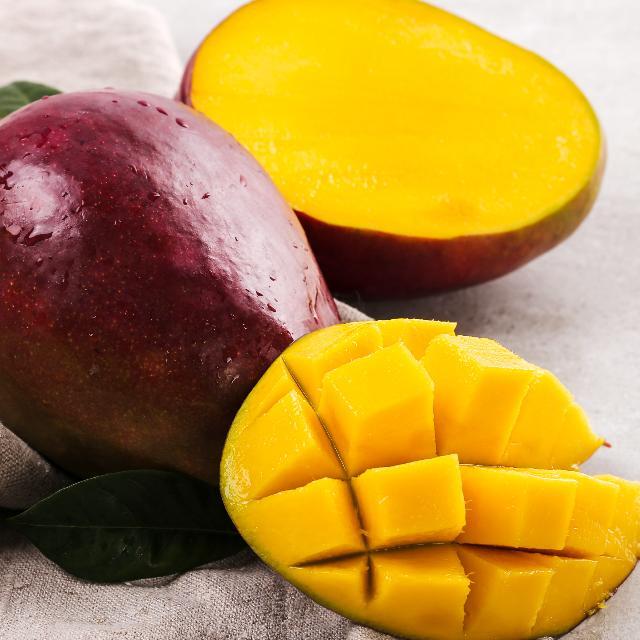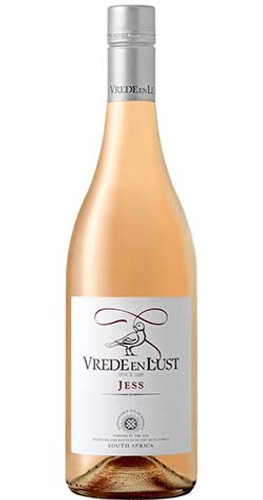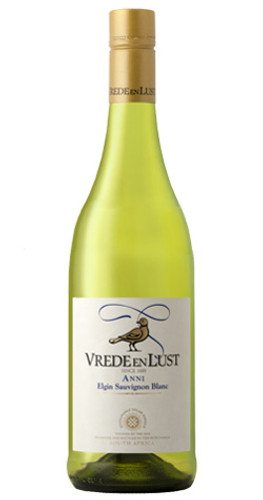The flavor profile is a symphony that showcase the marriage of cool and warm climates. Ripe stone fruits take the lead, with succulent apricots and ripe peaches offering a burst of sweetness. Citrus notes dance alongside, with vibrant lemon and tangy tangerine providing a refreshing zing.
Subtle hints of tropical fruits, such as pineapple or mango. It showcases the best attributes of both climates, creating a harmonious composition.
Subtle hints of tropical fruits, such as pineapple or mango. It showcases the best attributes of both climates, creating a harmonious composition.
A collaboration of terroirs –this wine showcases the best of both worlds. The abundant aromatics from Simonsberg-Paarl, with the more refined aromas and intricate spice palate of the Elgin fruit. In February, each region’s grapes are crushed separately, and the juice gets settled in stainless steel tanks. Fermentation took place in 225L new French and Hungarian oak barrels, and a small percentage in stainless steel tanks. Post fermentation, the wine was aged in barrel for 8-9 months.
Winemaker: Karlin Nel
Winemaker: Karlin Nel
Vrede en Lust was founded in 1688 by a Flemish Merchant called Jacques de Savoye. The Governor of the Cape allocated this farm to De Savoye, who fled Europe with his wife, Marie-Madeleine le Clerq, due to religious persecution. After 70 days at sea, they arrived in Table Bay on 26 April 1688 on the 160ft Oosterland. The scene shifts to the Drakenstein, sparsely populated with only 23 Dutch freeburgers having settled there before. The valley is majestically beautiful, though quite rugged, with dense forests, game, lion and leopard, and the only human inhabitants, some nomadic Khoi. The pioneers lived in simple clay and reed homes.
This is where De Savoye became the owner of a magnificent piece of land against the foothills of the Napoleonsberg (today known as the Simonsberg). He called his farm Vrede en Lust (Peace and Delight/Eagerness), nurturing visions of a rural paradise where he could spend his last days. He immediately started improving the 55 Ha of land that starts at the Bergrivier valley floor and runs up the eastern foothills of the majestic Simonsberg Mountain.
This is where De Savoye became the owner of a magnificent piece of land against the foothills of the Napoleonsberg (today known as the Simonsberg). He called his farm Vrede en Lust (Peace and Delight/Eagerness), nurturing visions of a rural paradise where he could spend his last days. He immediately started improving the 55 Ha of land that starts at the Bergrivier valley floor and runs up the eastern foothills of the majestic Simonsberg Mountain.





